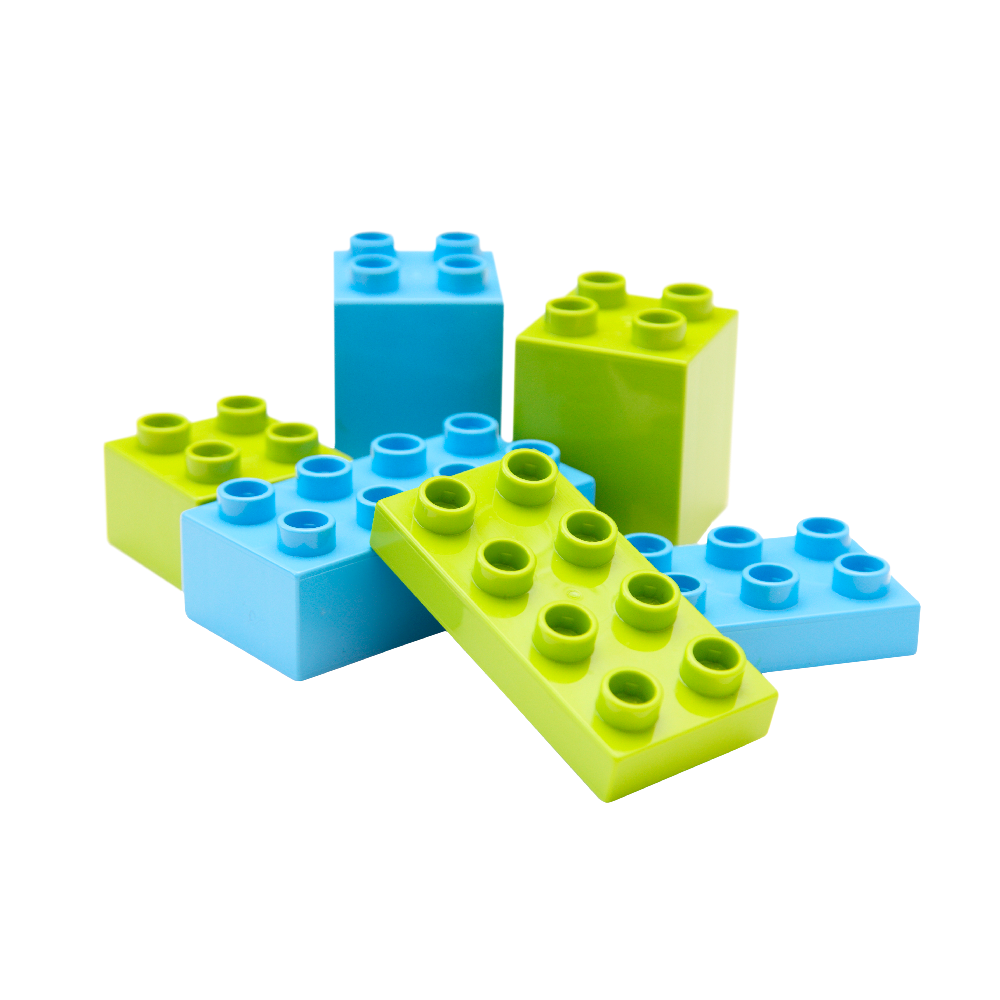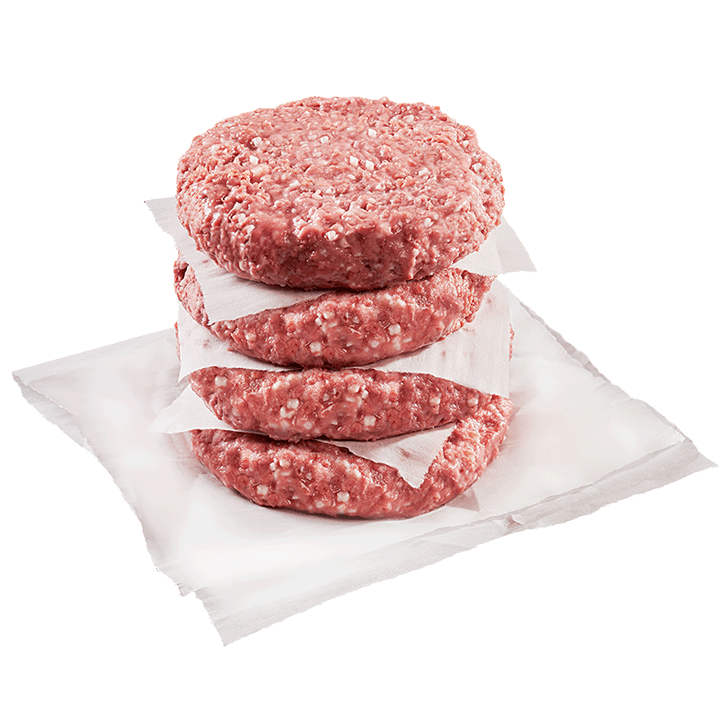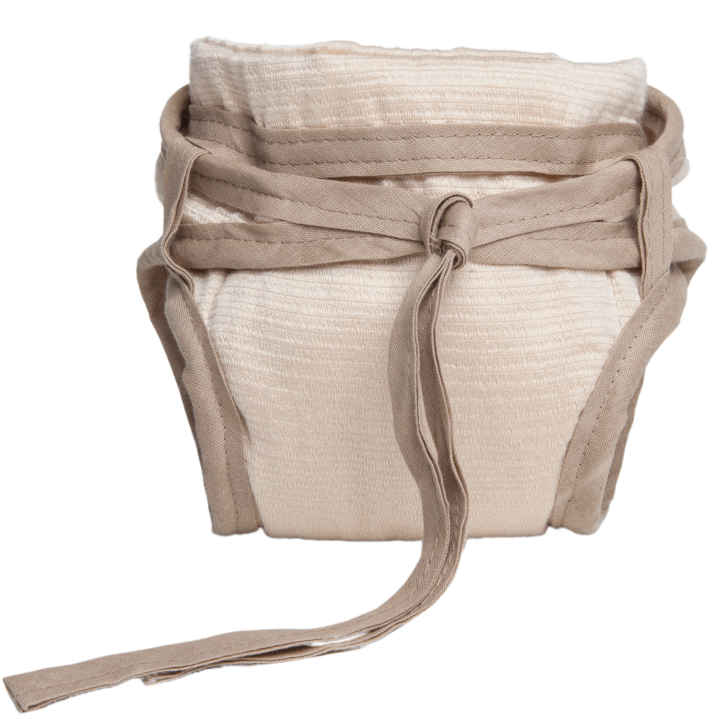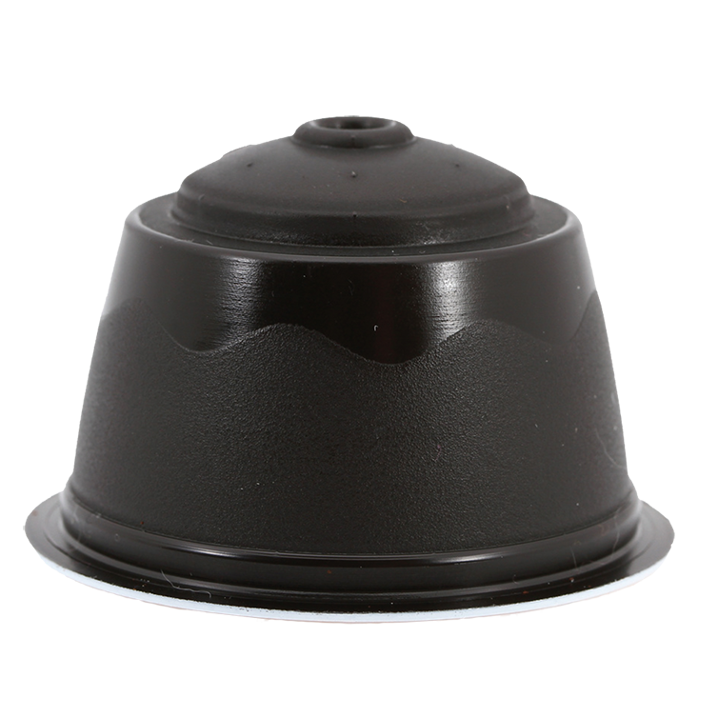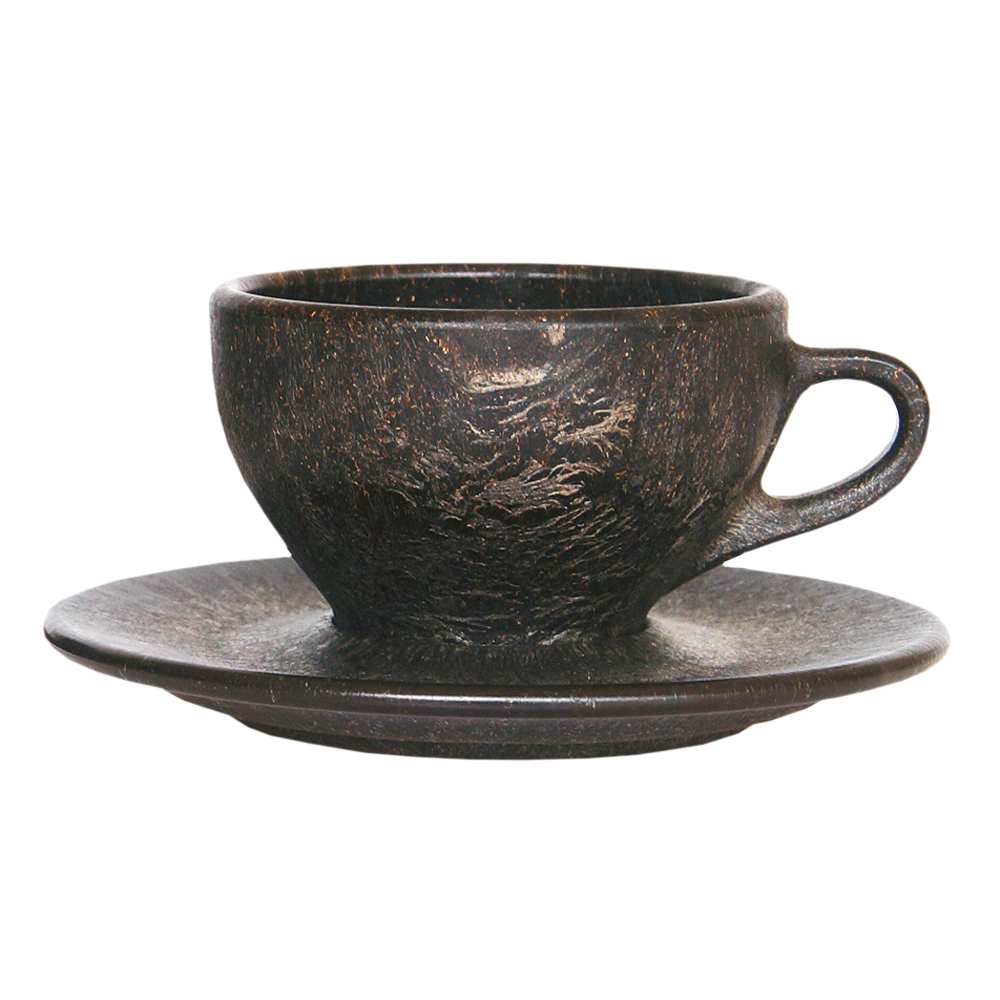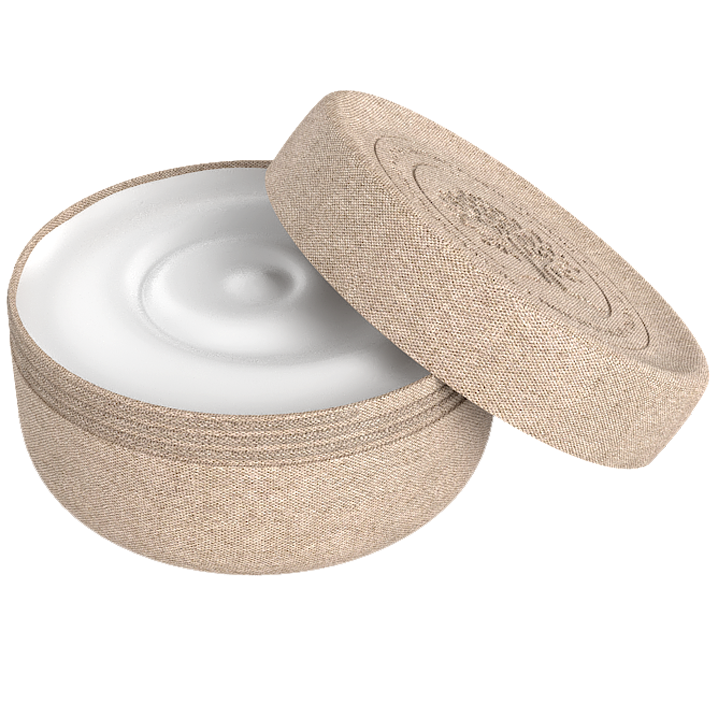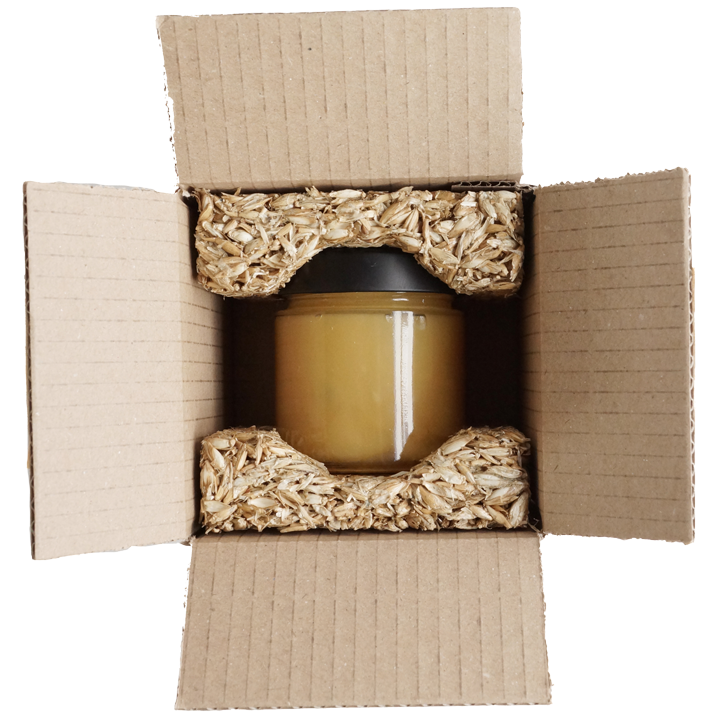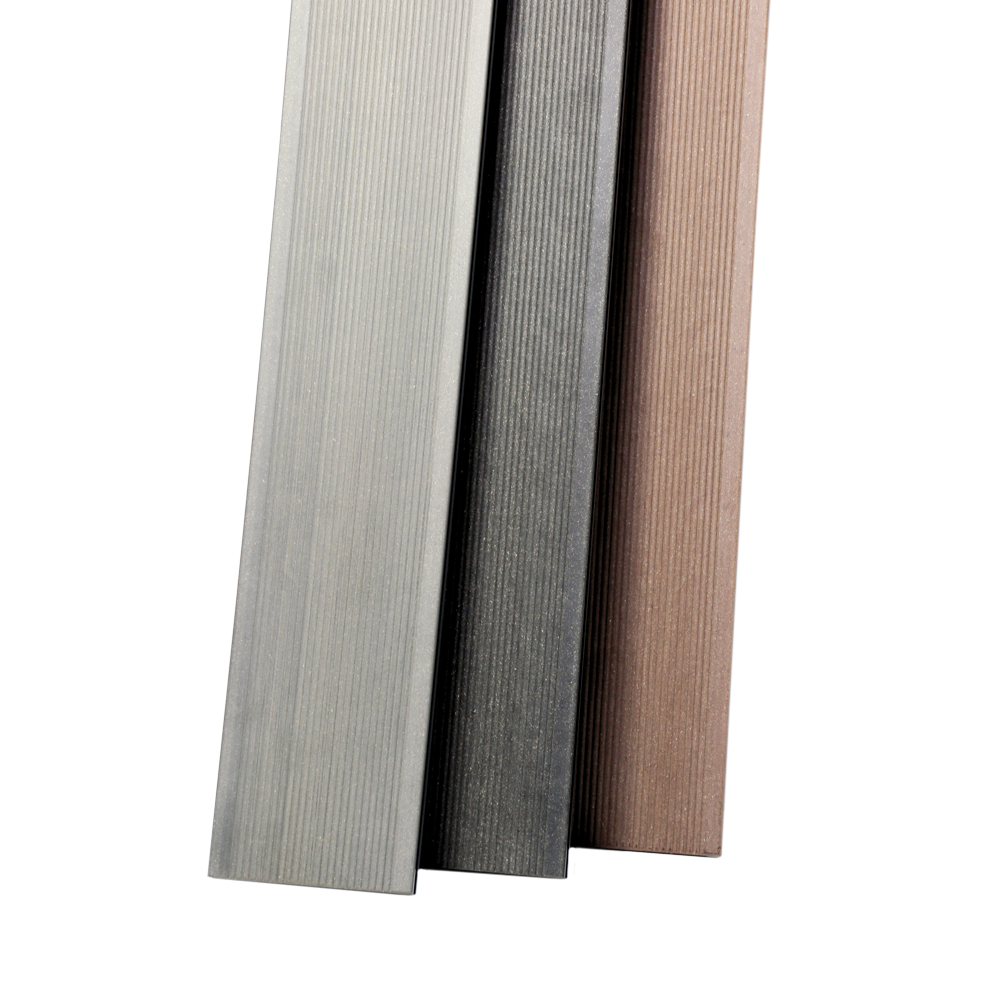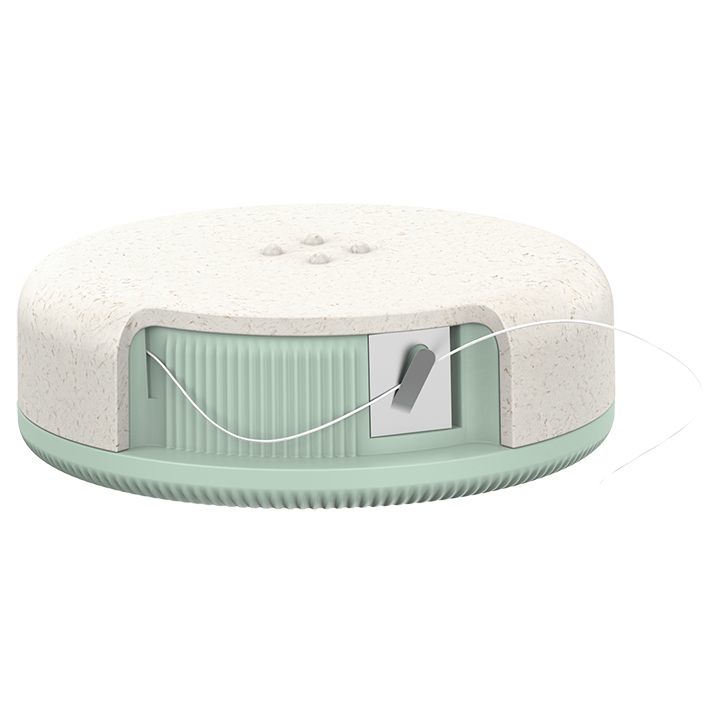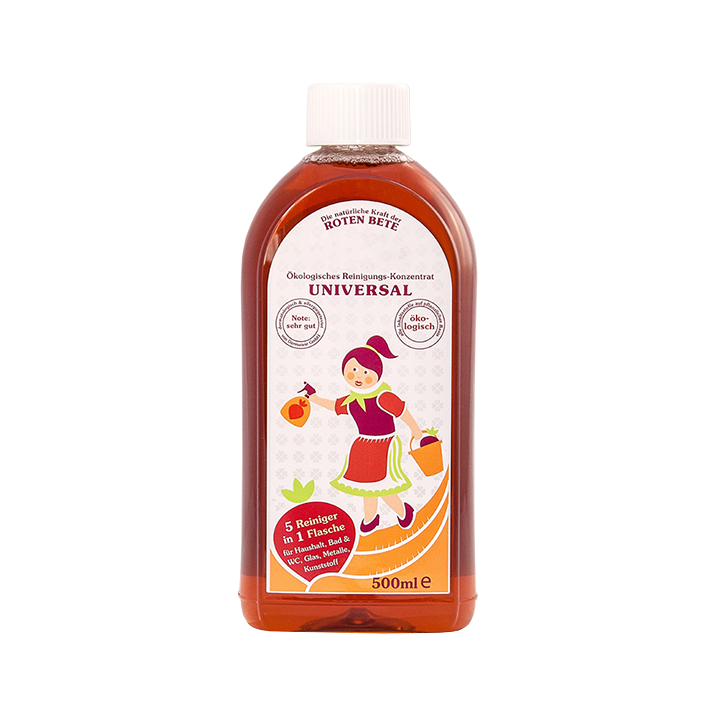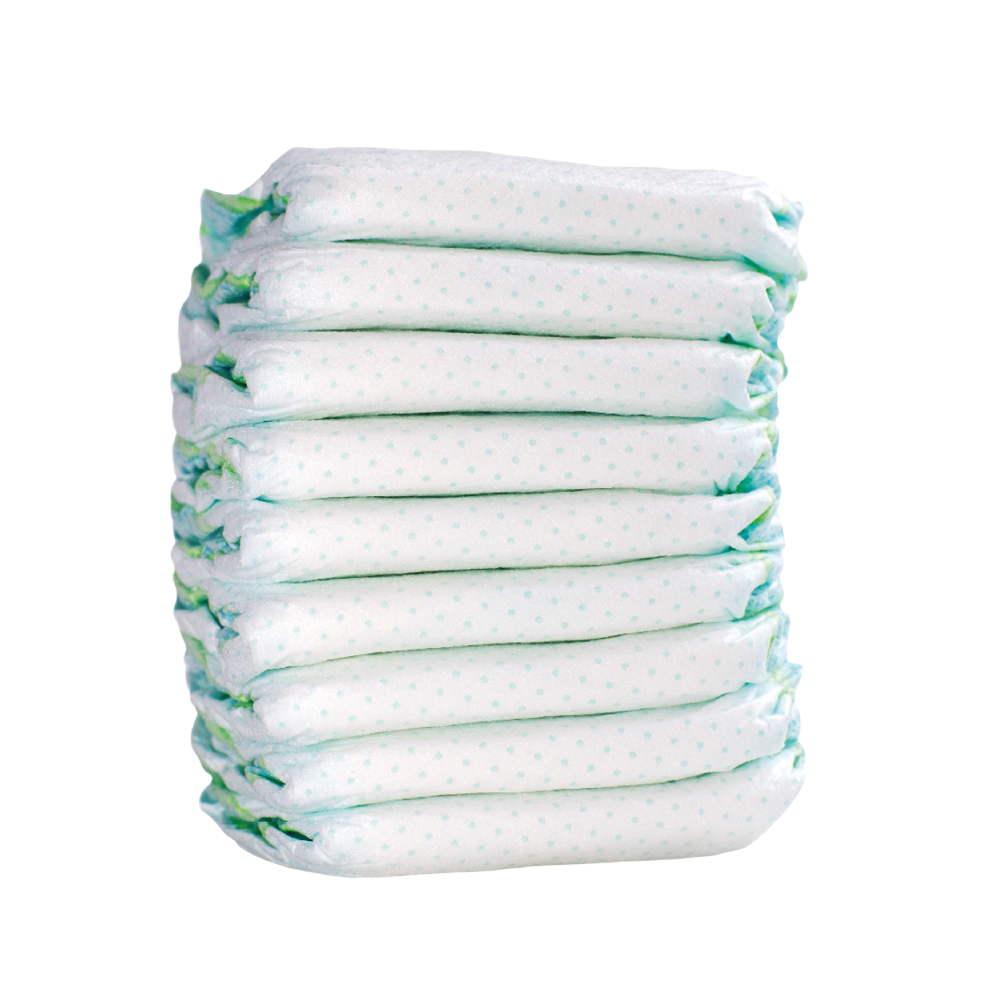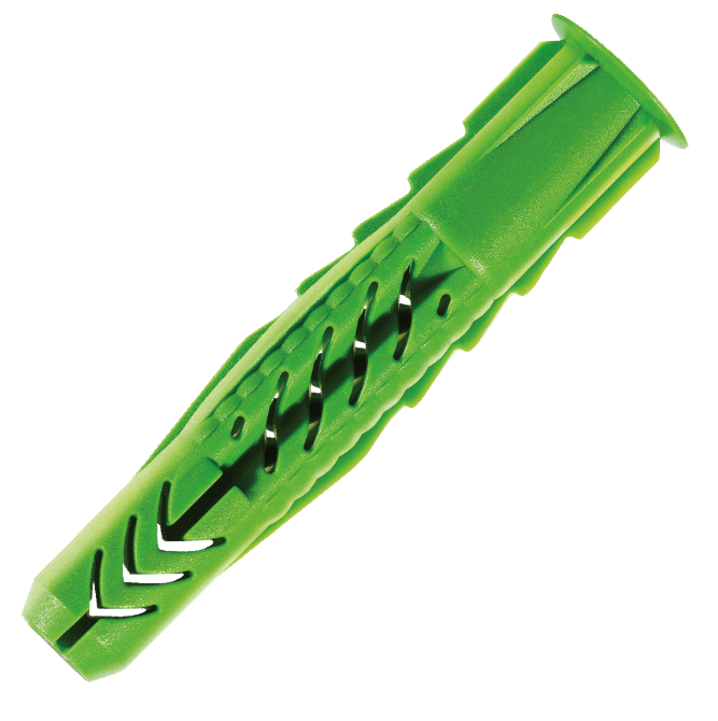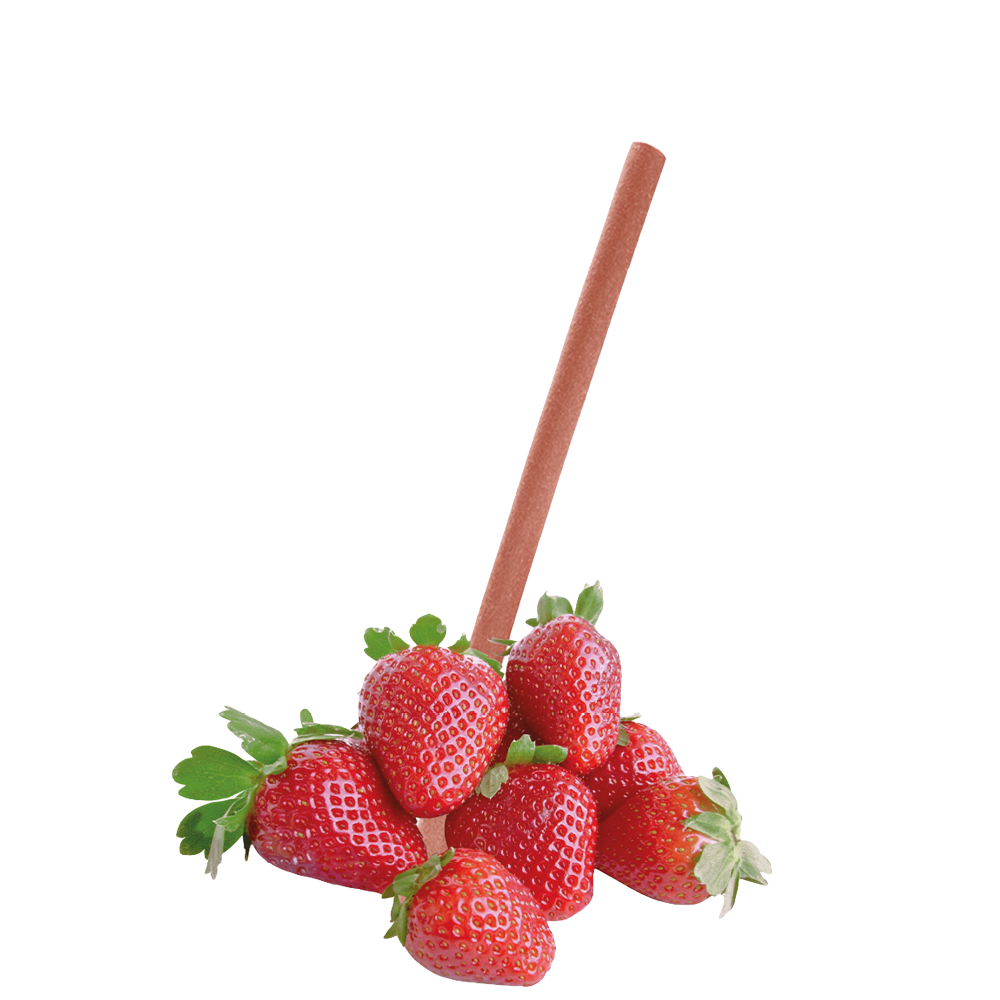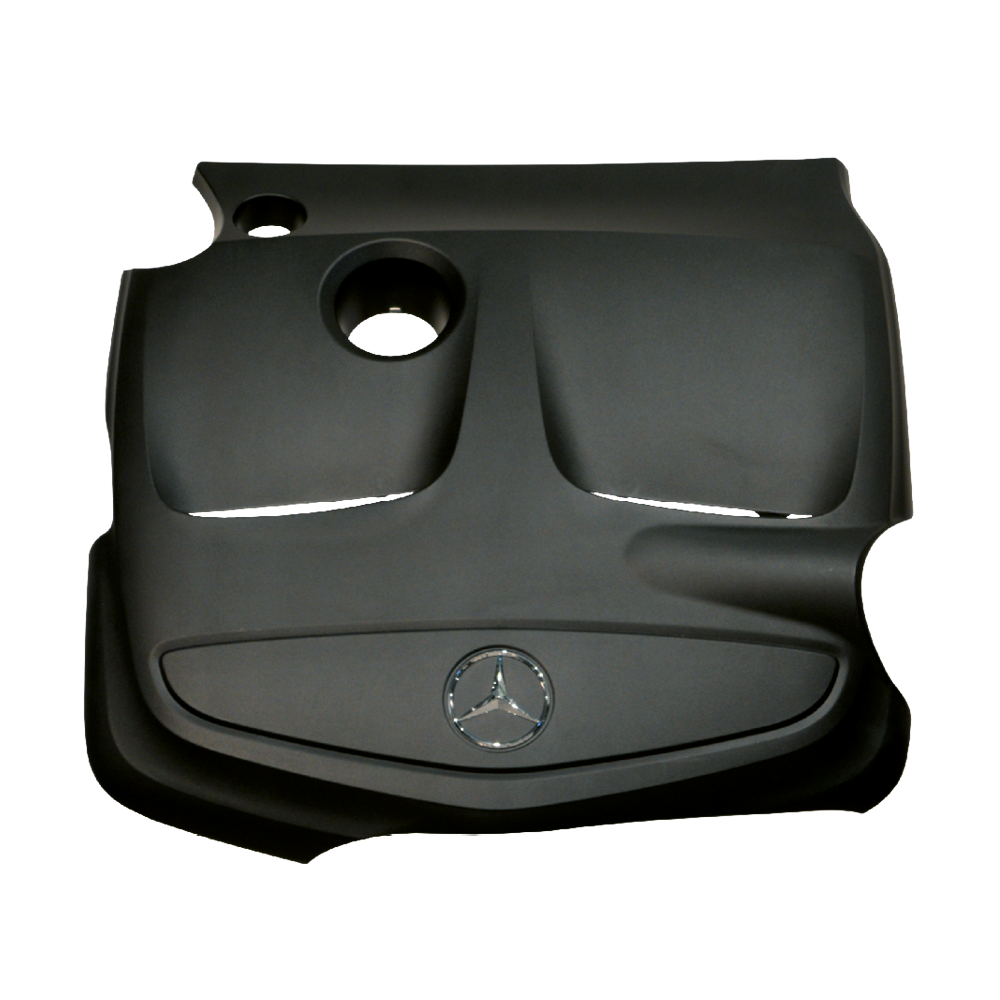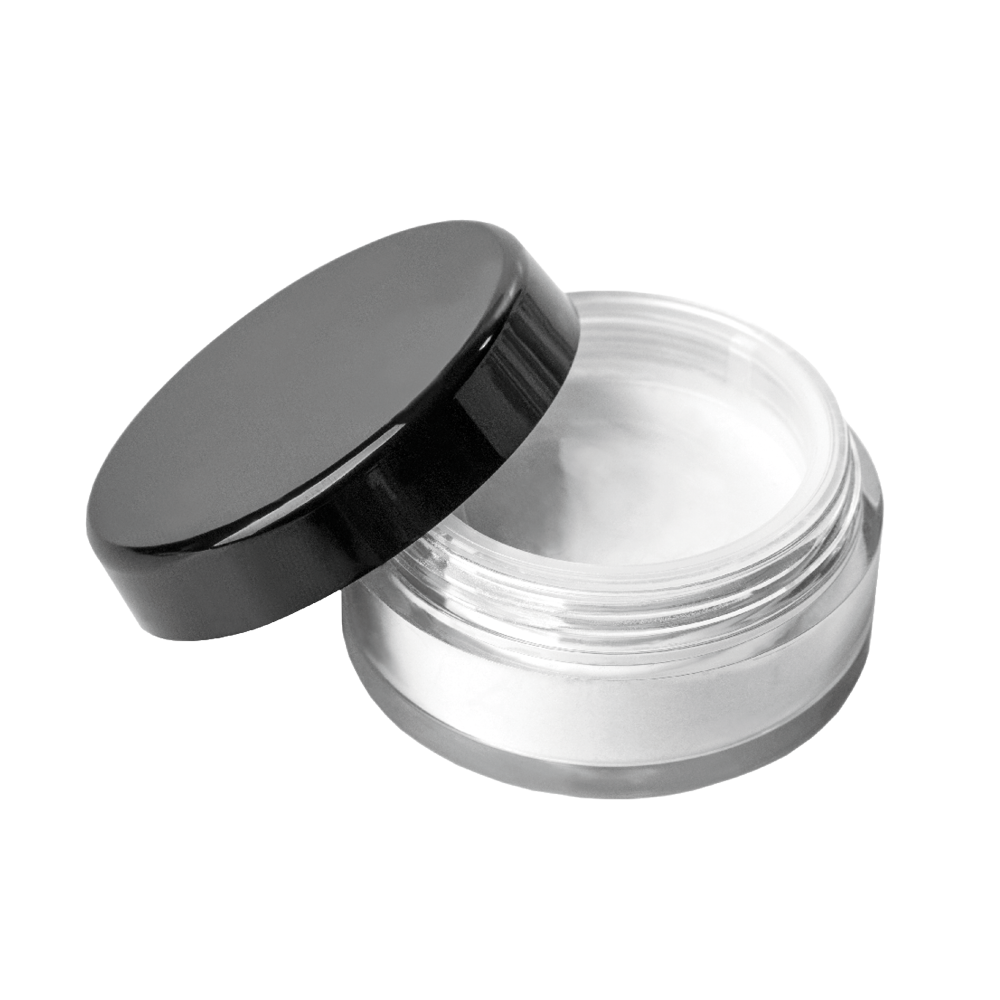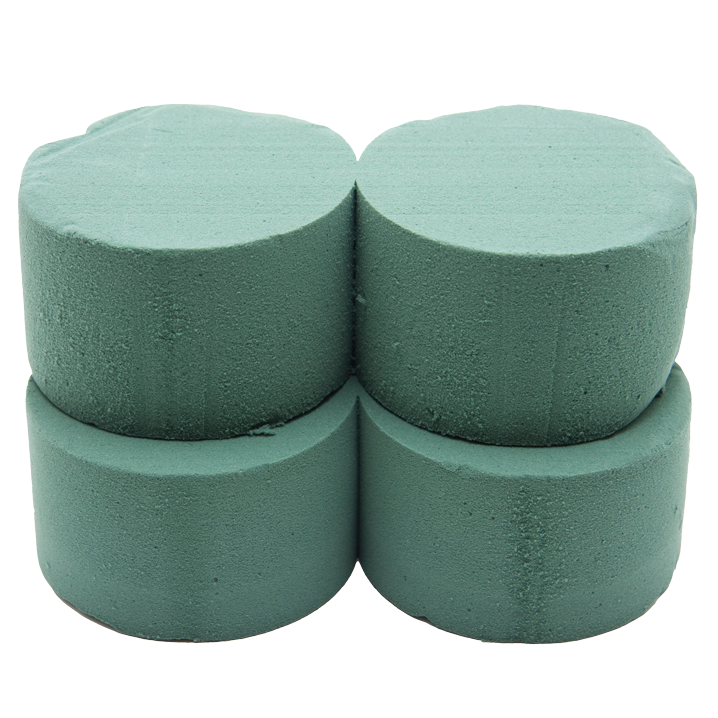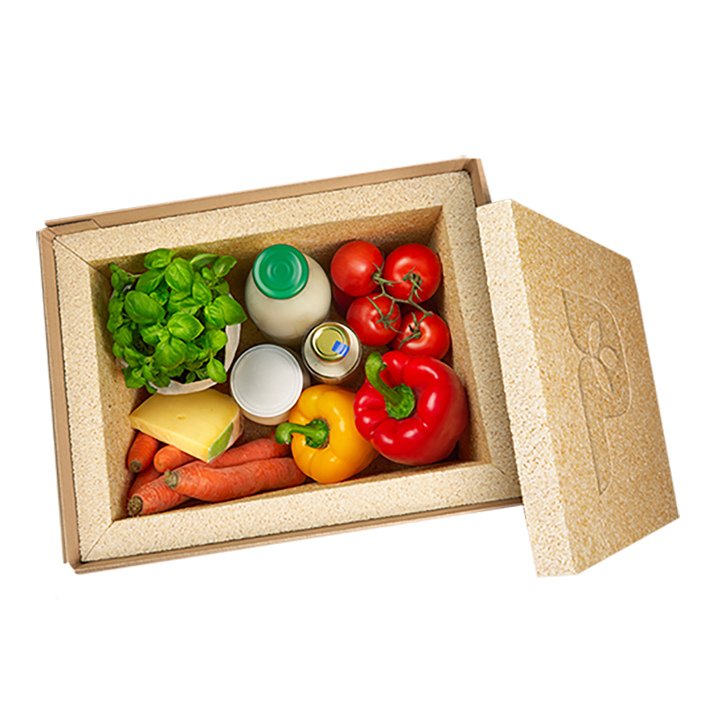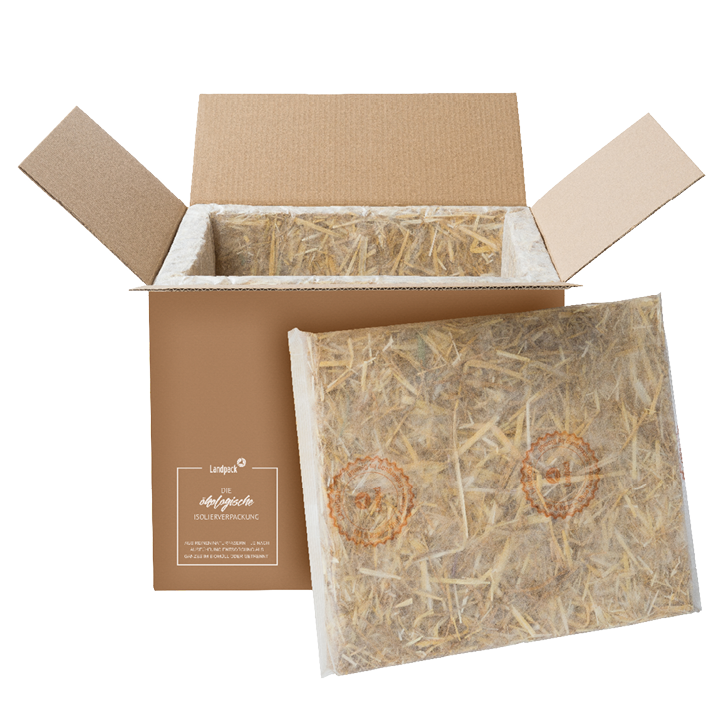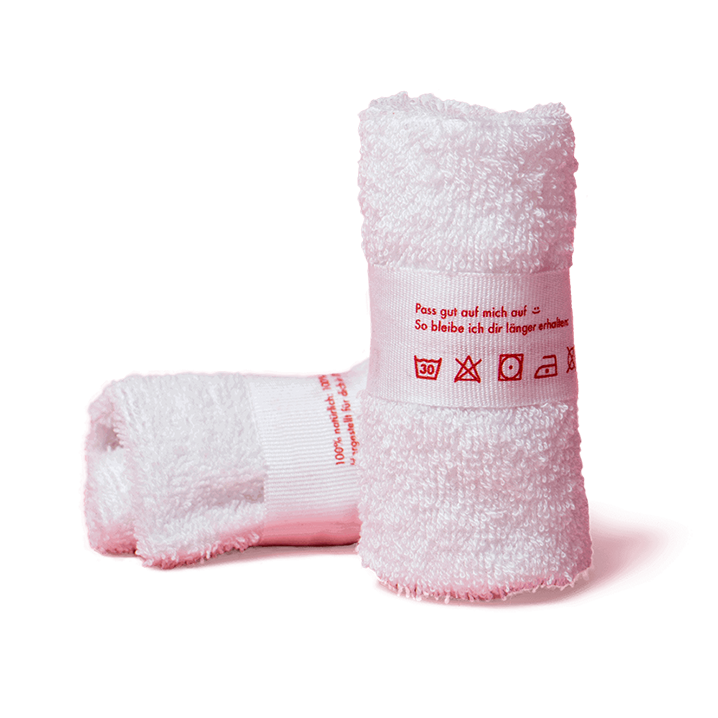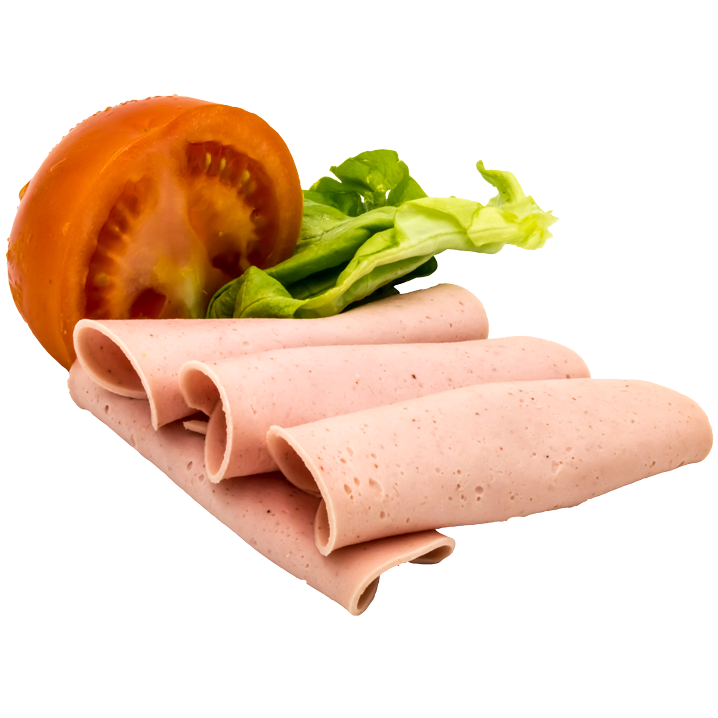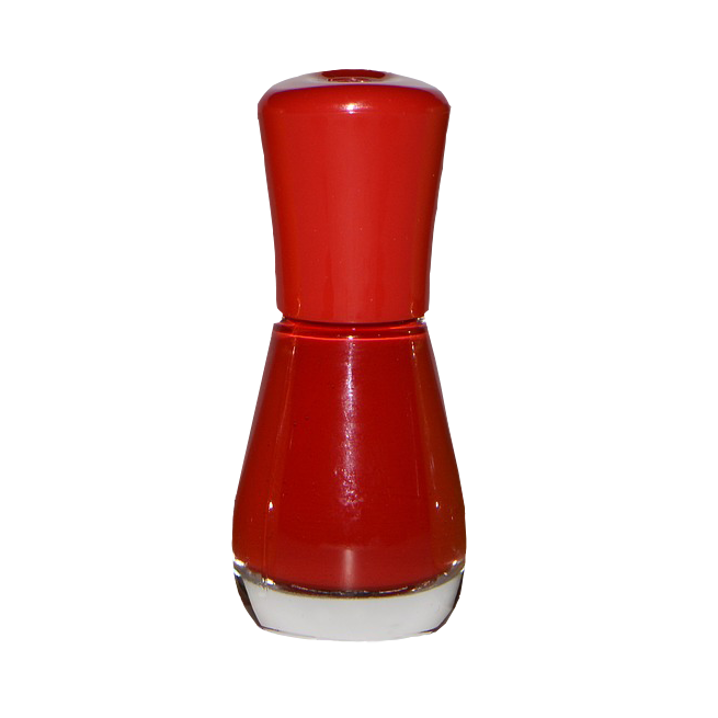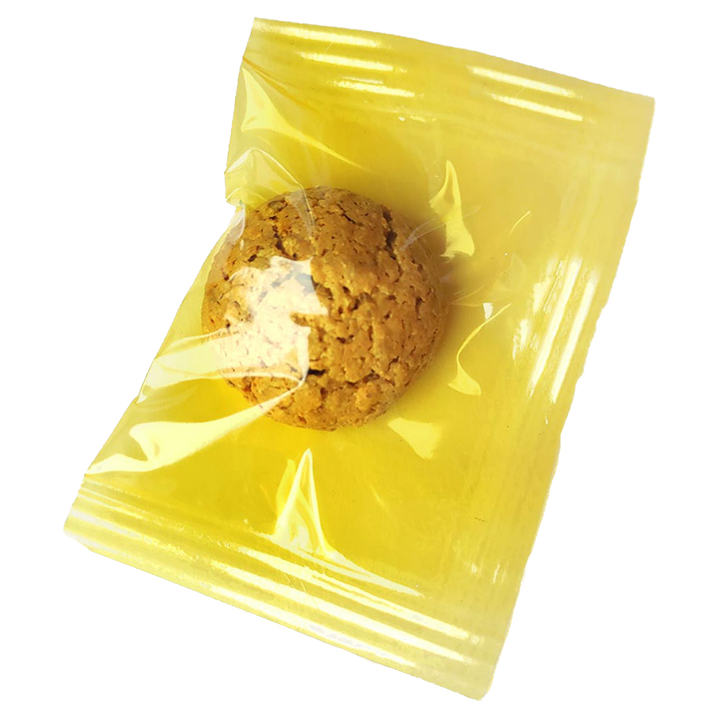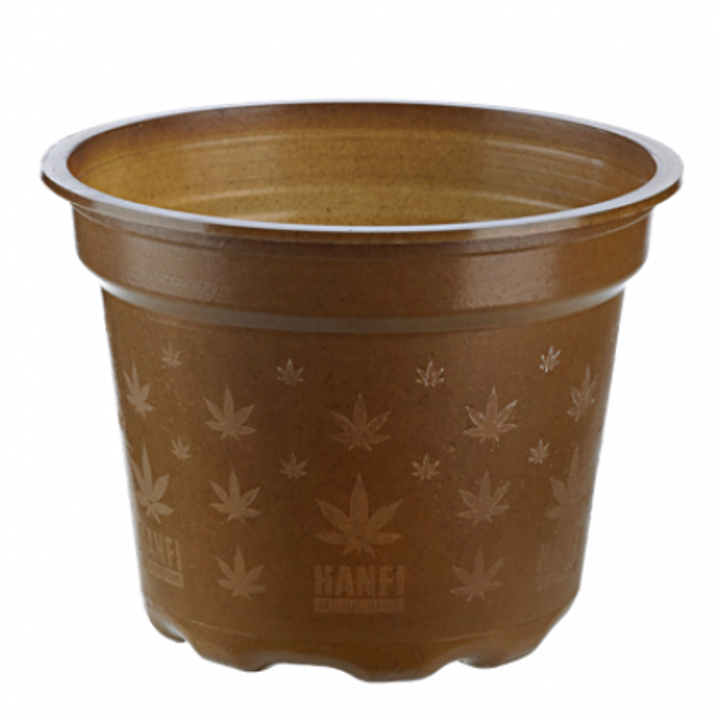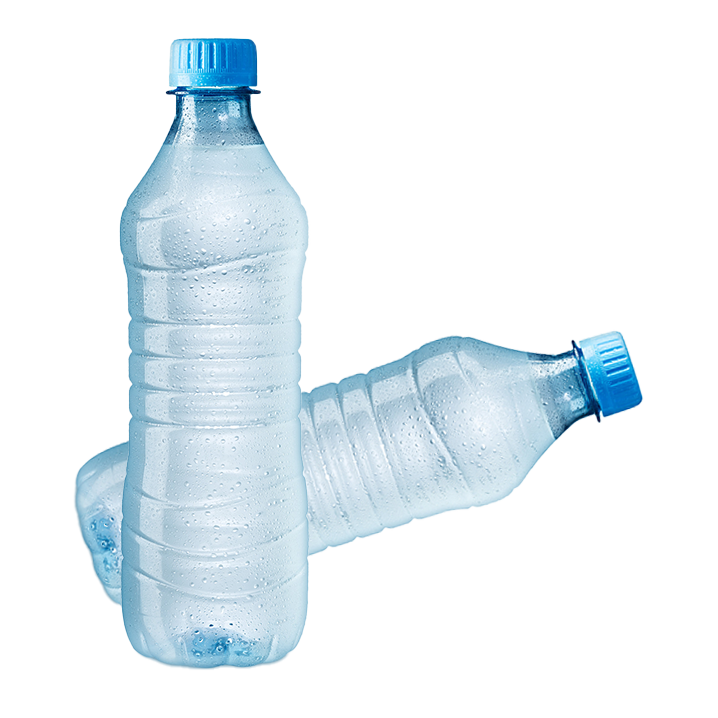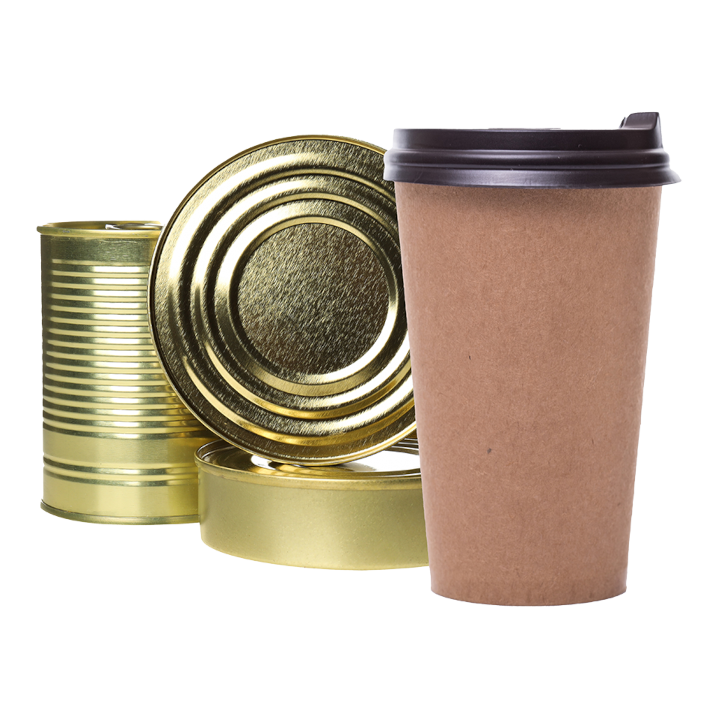Fertilizer
Along with nitrogen, phosphorus is one of the most important components in fertilizers. As the world's population grows, so does the demand for food and therefore for phosphorus. However, the resources are finite.
DATA & FACTS
Sector:
Recycling
Renewable resource:
Phosphorus
Participating companies:
Berliner Wasserbetriebe
Bioeconomy factor:
Phosphorus reprocessing using microorganisms
Status:
on the market
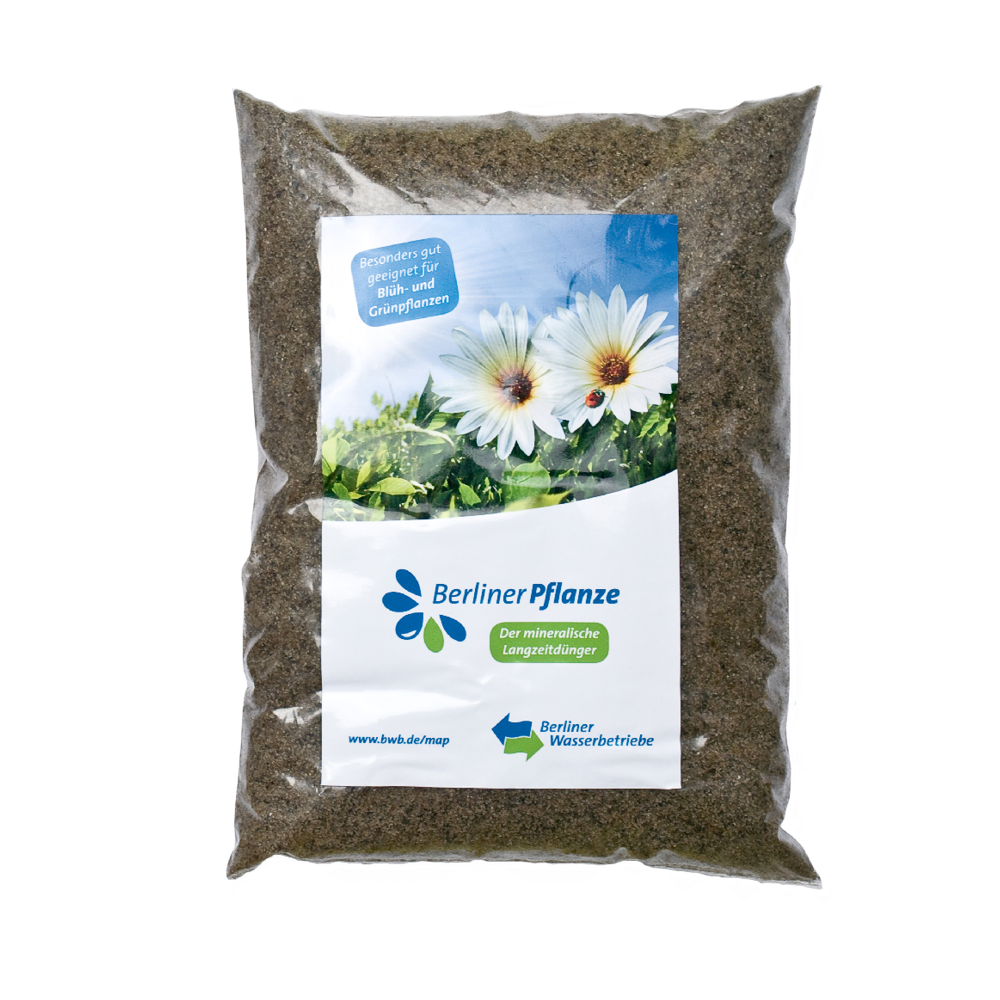
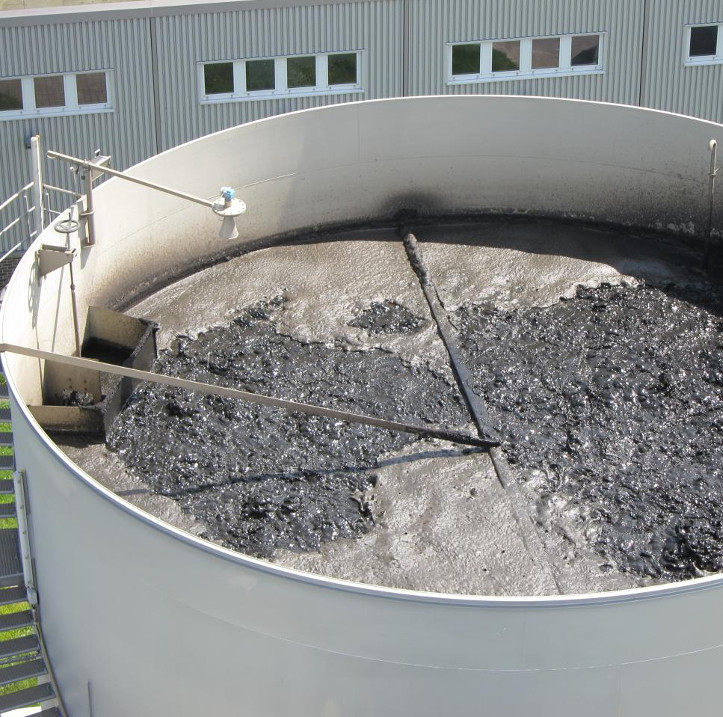
Vital element
Phosphorus is essential not only for plants, but also for humans. An adult human needs about 0.8 grams of the mineral per day, but consumes up to 3 grams per day through food. Excess phosphate compounds are excreted by the kidneys. In this way, large quantities of phosphorus-containing waste water reach the sewage treatment plants every day.
After treatment, the remaining sewage sludge is either incinerated in special power plants or returned to the fields as fertiliser. As the sewage sludge contains not only nutrients but also pollutants that are hazardous to the environment and health, such as chemicals, heavy metals and pharmaceuticals, these pollutants can accumulate in the soil and enter the food chain via the plants.
Controlled crystallization
Berliner Wasserbetriebe has developed a process with which phosphorus can be extracted from sewage sludge. In a special reactor, microorganisms dissolve the phosphorus out of the sludge by adding air and magnesium. What remains is a mixture of magnesium, ammonium and phosphate, which is suitable as a dry fertilizer and can be returned to the fields.
Ready for the market
Since 2008, the fertilizer has been approved as a high-quality mineral slow-release fertilizer in accordance with the EU Fertilizers Regulation (VO 2003/2003) and is sold under the name Berliner Pflanze®.
Weitere Produkte





